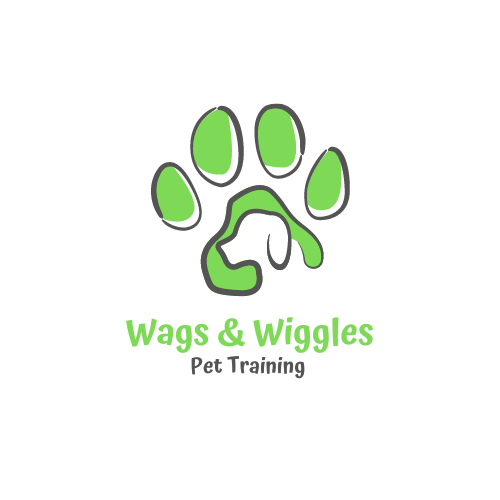As a devoted pet parent, you want the best for your dog — a well-balanced, happy companion that’s a joy to be around. But even the most lovable pups can display behavior problems that leave you frustrated, embarrassed, or even overwhelmed. The good news? Most dog behavior issues are both common and completely fixable with the right approach.
At Wags & Wiggles, we work with dogs of all breeds, ages, and temperaments, helping pet parents like you reclaim peace at home and strengthen the bond with their furry companions. Below, we’ll walk through 10 of the most common dog behavior issues — and how to start fixing them today.
At Wags & Wiggles, we work with dogs of all breeds, ages, and temperaments, helping pet parents like you reclaim peace at home and strengthen the bond with their furry companions. Below, we’ll walk through 10 of the most common dog behavior issues — and how to start fixing them today.


